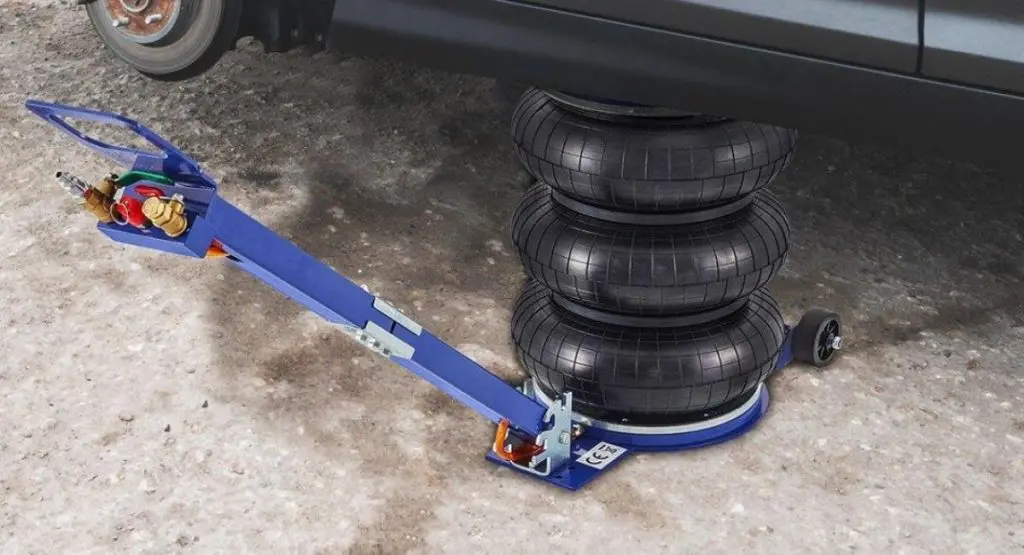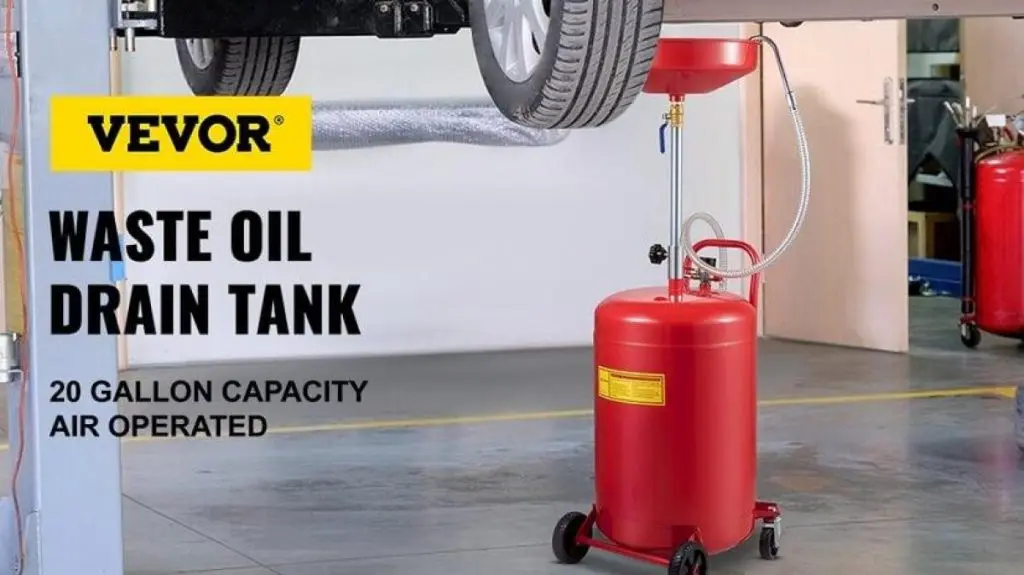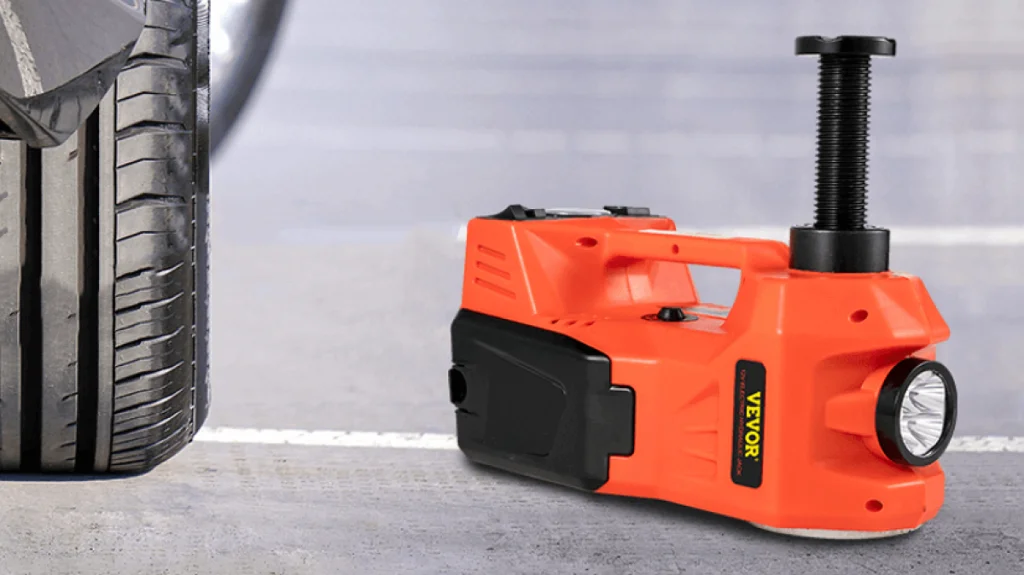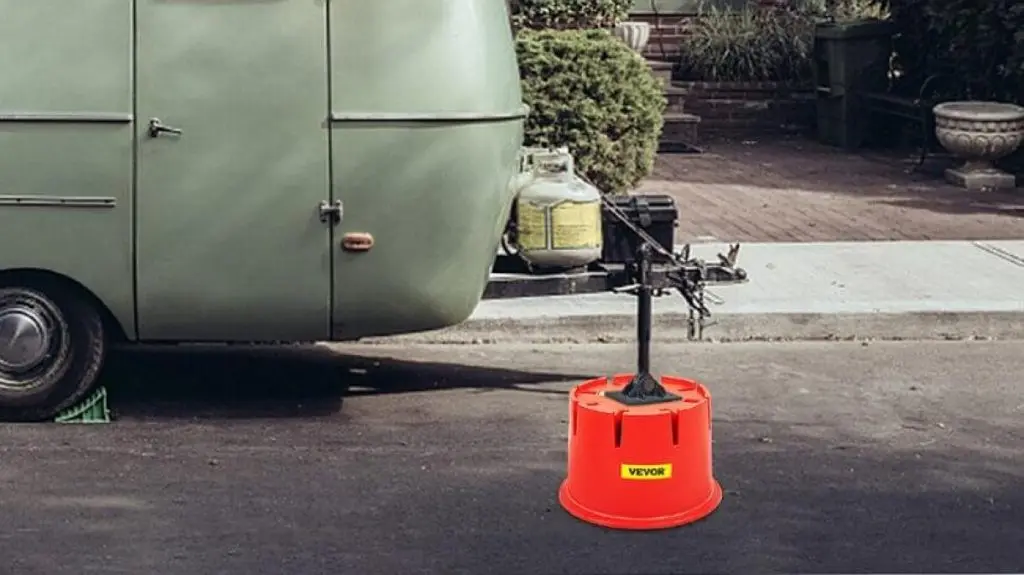A Car- an essential part of your life; should be treated with care. Still, in a busy schedule, you can overlook simple and easy car maintenance tips to keep your vehicles in good shape. Ensure your car stays out of the shop and holds its resale value by following the below car maintenance tips.
Signs That Your Car Needs Maintenance
Buying a car is not like walking in the park, so why don’t you take care of it? After homes, cars are the most expensive item you have. To Protect your substantial investment, you need auto car maintenance. After all, a well-maintained vehicle can run hundreds or thousands of miles. Here are a few signs you know when your car needs maintenance, so you shouldn’t skip it.
1-Warning Lights
Nothing beats dashboard warnings to inform you it’s time for a service. Nowadays, you can see the word “service” or a spanner icon before your car needs a service.
Often, these lights appear along with a text about how many miles or days you’ve left before your car goes to a garage. But if you see a blinking engine light, it indicates you’re having severe problems. Furthermore, at that point, avoid driving and take your car for maintenance as soon as possible.
Remember to pay attention to low oil and gauge lights, except engine lights. As technology advances, there are more complex built-in features; if you don’t recognize a car light, take it to a mechanic. A car’s lights provide you with advanced warnings that something is amiss.
2-Strange Noises
Hissel, ticks, clicks, and squeaking all indicate something is not right under the bonnet. More intense sounds indicate an urgent problem; call your mechanic.
Pay attention to less urgent noises:
● Sounds occur on turning on and idle
● Clicking or rattling sounds
● Sounds coming from under the car or the bonnet
By giving the above description, your mechanic can help you immediately. It’s an engine overheating sign upon an idle car; it might be a serious problem. Squealing breaks means your brake pads are worn, so they are meant to be replaced as part of general car maintenance.
3-Dripping Liquid
Exhaust in the winter or aircon unit in the summer- a car leaks water through condensation. Both of these scenarios are harmless and need your attention. Your car could suffer a more serious problem if it leaks colored liquid. Brown liquid indicates oil leakage, power steering, or brake fluid. So, for auto car maintenance quickly, arrange a qualified mechanic.
Tools and Materials You Need to Maintain Your Car
Tools
● Topside Automotive Engine Creeper
● Electric Hydraulic Car Floor Jack
● Wrench
Material
● Oil
Basic Car Maintenance Tips & Services Checklist
Following car maintenance tips will be very helpful whether you just got your new car from the showroom, or you’ve been driving for a long time.
Change Engine Oil
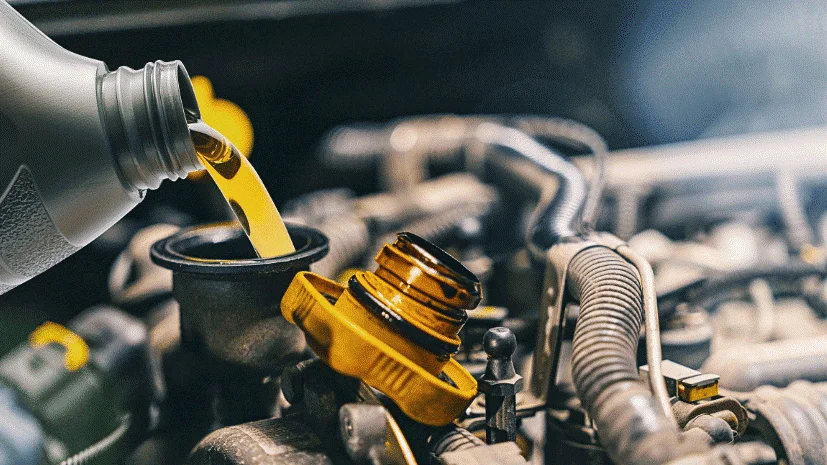
Is the oil change affecting your budget? For vehicle care & maintenance, oil fixing is an exorbitant car maintenance issue. You can lower the risk of your engine by skipping dinner at a high-end restaurant. Car oil changing can only cost you $35-$80. But it’s having a worth rather than a dinner at a luxury restaurant.
Oil changes are time-consuming but not hard; there are a few basic steps involved.
1. Jacking Up the Car: Lift the car to make enough room to go under it.
2. Unplugging and Drain Old Oil: With the screwdriver, open the bolt and place a bucket under it so all contaminated oil will go into the bucket. So, wait until all the oil drains out of the car.
3. Lose Up the Old Filter: Lose the filter so all the oil will drain from it.
4. Replace the Drain Plug: Remove the drain plug and filter, clean the filter thoroughly, and put it back. Replace the old drain plug with a new one.
5. Filling Back: Now, fill the tank with a new oil.
6. Check Leakage & Oil Level: One of the most important steps is ensuring no oil leakage after changing the oil.
Replace the Engine Air Filter
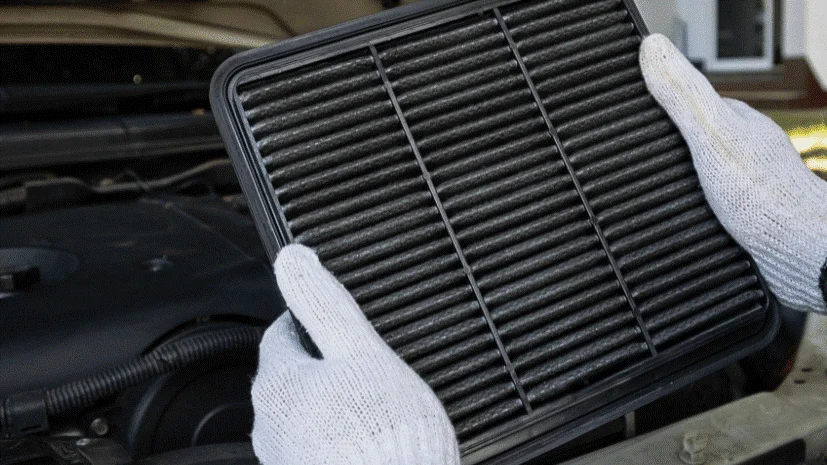
After 15k miles, your car air filter gets clogged with dust and foreign particles. The air filter is recommended to be replaced once a year. Before starting the work, clean the area so the air filter will not catch the debris.
You can figure out when the engine air filter needs to be replaced by the service indicator on some vehicles (usually small trucks). It’s recommended to check your filter through a light; if you see more than half of the filter pass the light easily, you don’t have to replace it.
Inspection Using An Endoscope
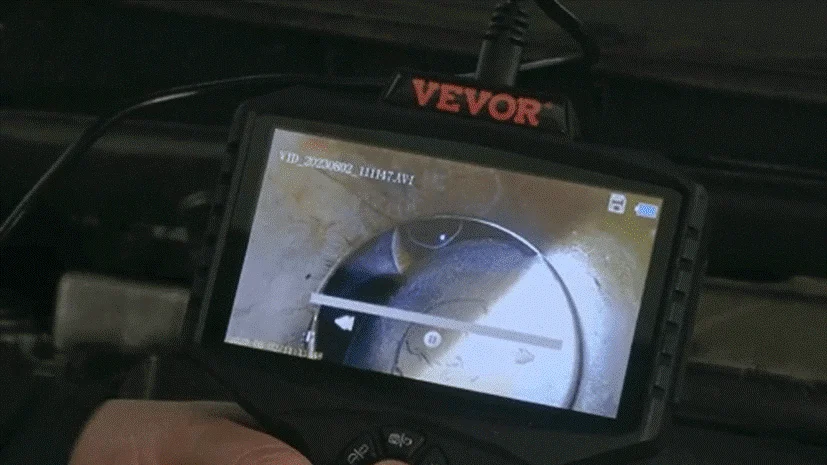
Looking behind the engine, intake manifold, or combustion chamber, an endoscope is a lifesaver. A tiny camera on a head makes inspection more efficient.
Using it helped you remove a spark plug ceramic that a friend had crunched up. Get your problem fixed with an endoscope of the areas of hard-in access.
Battery Check
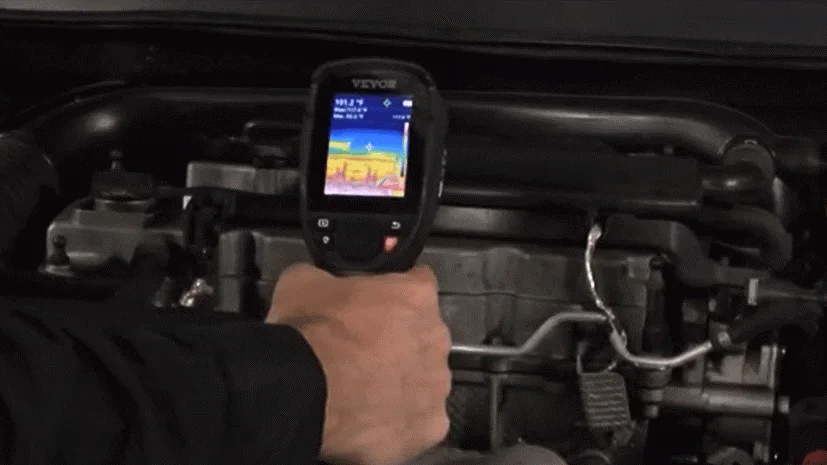
Car batteries can last up to six years, but their shelf life depends on upkeeping their life. Inspection of a car battery should be done regularly without or with a multimeter. A multi-meter will notify you about a volt battery.
Check and Replace Wipers
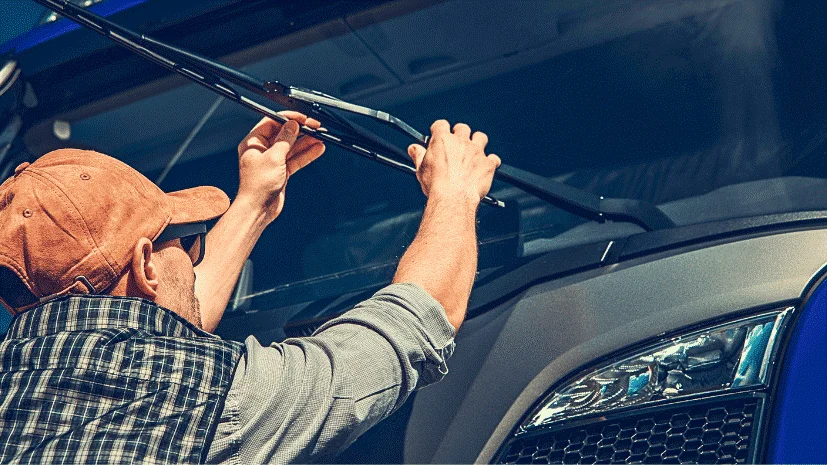
Don’t linger the problem if your wipers do not work as before. Don’t reduce your car visibility dye to damaged or worn-out blades. Regularly replacing your wiper blades keeps your car safe.
So, replace your car’s windshield wipers every six months. The windshield might not be properly wiped if the blades are worn, torn, or cracked.
Check Tire Pressure and Rotate Tires
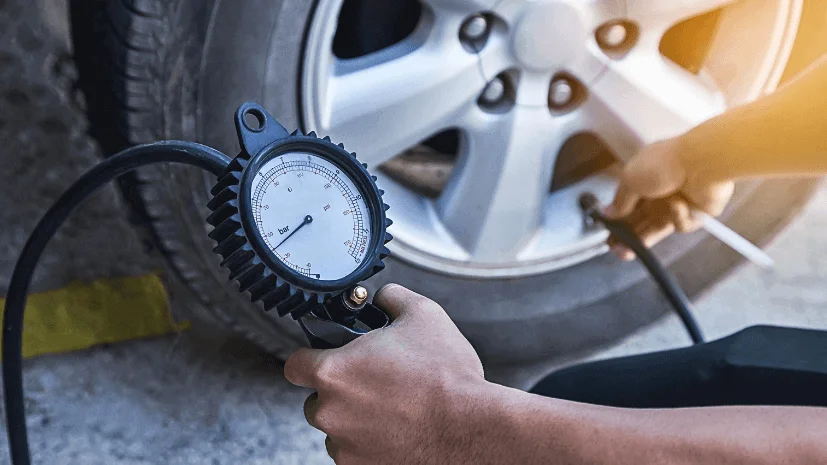
Before starting driving, make sure tire pressure has no fault. It’s a good idea to check out tire tearing and wearing for car performance. It seems that usually, tires blow out after running on a heated road. So, balancing car efficiency tire pressure is essential. You can face trouble in the middle of the road due to a flat tire.
Get Your Brakes Checked
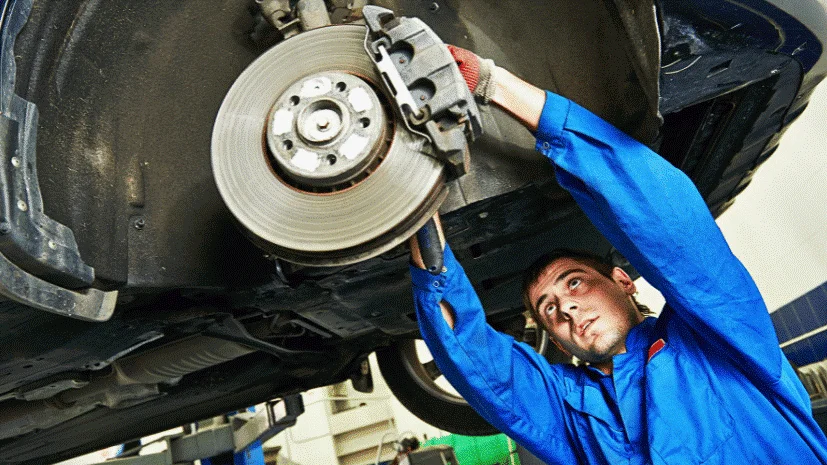
When was the last time you checked your brakes? Although there’s no standard for checking brakes, getting them checked every six months is recommended. Whenever you notice any little or big changes in your tire, make sure you have them inspect it right away.
Car Washing
Last but not least, for car maintenance, make sure to clean your car regularly. Winter road salt, summer tree sap, bird droppings – your car has to deal with a lot. Keep an eye on these issues, as they can cause damage to car paint and undercarriage, leading to big issues. If you live in a snowy area, treat your car’s undercarriage; if you see salt on the car, wash it. These rules apply if you park or drive a car near an ocean or a sea.
How to Maintain a Vehicle You Don’t Use Often
It seems to leave an unused car for a prolonged time; still, your vehicle requires maintenance if it’s not in use to keep it running perfectly. Take care of your car no matter when you’re taking it off the road to avoid a future breakdown.
To keep your car health in a better condition, it all depends on how you take good care of your car. Look at some tips:
- Car Storage Area: Choose the most suitable place to park your car if it’s not in used; an area that should have a roof, e.g., a garage.
- Car Washing: Dust in the air usually dries your car, so clean it frequently as dirt can eat up your vehicle.
- Full Fuel Tank: If water gets into your car, you can get engine and rust issues. Before you store your car, fill up your fuel tank to prevent moisture from getting inside.
- Fill Air In Tires: Due to temperature changes, air pressure in tires fluctuates, which can affect their longevity. Therefore, fill it to the recommended pressure to prevent overstressing your tires.
- Oil Changing: Changing the oil for long-term optimal storage is better. As old and contaminated oil can cause engine damage.
- Use Car Protective Cover: In car care tips, it’s suggested not to leave your car outdoors and use a suitable weatherproof cover for your car to protect it from bad weather conditions and dust.
FAQs About Car Maintenance
1. How can I extend my engine life?
By following the car maintenance tips, you can prolong your engine life. Change the oil regularly, avoid overheating and overloading, regular tune-ups, etc.
2. What parts of the car need the most maintenance?
Engine, brakes, oil changes, tires, battery, and wiper replacement are the parts of the car that need the most maintenance.
3. How often should I change my car oil?
After running your vehicle 5000 to 7500 miles, you need car maintenance.
Conclusion
Making and maintenance of your vehicle put a slight dent in your wallet. However, timely preventive maintenance protects you from a long inconvenience and can extend your car life. Maintain a good resale value and make your car as fuel-efficient as possible by general car maintenance. VEVOR brings you car care products to make your life easier with easy access to maintaining your car.

